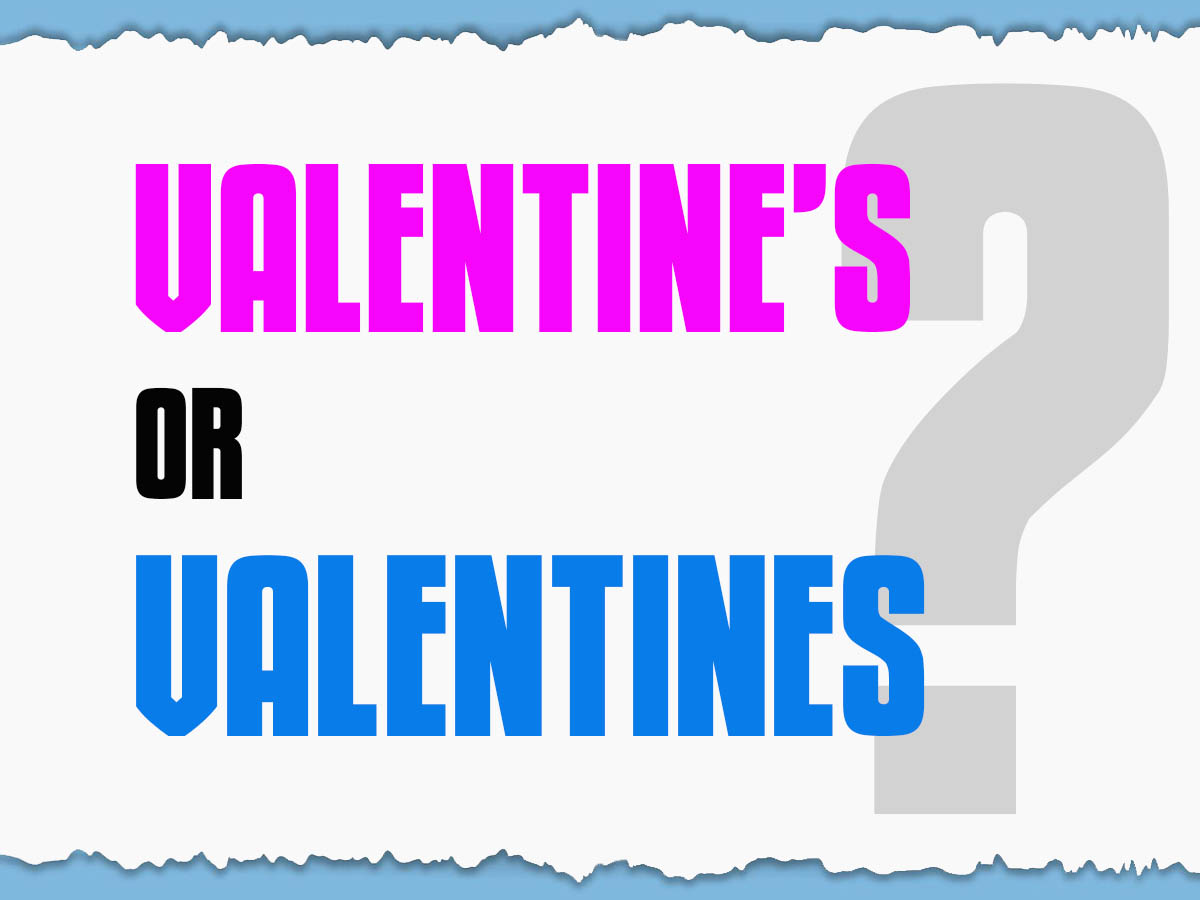When it comes to writing the term “valentine,” you may wonder if it should be How Do You Spell Valentine as Valentine’s or Valentines. The correct spelling and usage can sometimes be confusing, but we’re here to help! In this article, we will explore the spelling variations and provide guidelines on the proper usage of this term. Whether you’re expressing heartfelt messages or celebrating Valentine’s Day, it’s important to use the correct form.
Key Takeaways:
- Valentine’s and Valentines are both acceptable spellings, depending on the context and usage.
- The term Valentine’s is commonly used to refer to the holiday, Valentine’s Day.
- The term Valentines can be used to refer to multiple valentine cards or expressions of love.
- Proper grammar and punctuation, including the use of apostrophes, play a role in determining the correct form.
- Understanding the historical and cultural significance of Valentine’s Day can provide context for using the term appropriately.
Valentine’s or Valentines: How Do You Spell Valentine
When it comes to spelling and using the term “valentine,” there are a few important tips and guidelines to keep in mind. Let’s explore the correct form of Valentine’s and Valentines.
The Apostrophe Tips
First and foremost, when using the term as a possessive or to indicate a gift or message for someone on Valentine’s Day, always add an apostrophe before the “s.” For example, “John’s Valentine’s Day gift” or “Sending Sarah a heartfelt Valentine’s message.”
Referring to Saint Valentine
Valentine’s and Valentines refer to a day named after Saint Valentine, a Christian Roman saint. As a proper noun, “Valentine” should always be capitalized. However, when used as a common noun, it should be written in lowercase. For example, “Happy Valentine’s Day” and “Valentine’s Day is a holiday that honors Saint Valentine.”
Singular or Plural Noun
The term “Valentine’s” can be a singular or plural noun, depending on the context. When referring to a singular valentine (for example, a card or gift), use Valentine’s. On the other hand, when talking about multiple valentines or the holiday in general, use Valentines. For instance, “She received a beautiful Valentine’s card” and “Let’s celebrate with Valentines for all our loved ones.”
The Historical and Cultural Significance
Valentine’s Day, celebrated on the 14th of February, is a holiday with deep roots in history and culture. It is named after Saint Valentine, a Christian Roman saint associated with love and affection. The day belonging to Saint Valentine is also a feast day in the Christian calendar. Today, it is widely celebrated as a romantic holiday, with people expressing their love for one another through gifts, cards, and special gestures.
| Valentine’s | Valentines |
|---|---|
| Used as a possessive or to refer to a singular valentine | Refers to multiple valentines or the holiday in general |
| Proper noun when referring to Saint Valentine | Common noun when talking about valentines in general |
| Capitalized when used as a proper noun | Written in lowercase when used as a common noun |
By understanding the correct form of Valentine’s and Valentines, you can express your love and celebrate this special holiday with clarity and precision.
The Origins of Valentine’s Day: Unveiling the Mystery
Valentine’s Day is a holiday that honors a Christian saint and has its origins dating back to the Middle Ages. Observed on February 14th, this romantic feast day is named after Saint Valentine, the patron saint of love. The exact origin of the holiday is mysterious, with various theories and legends associated with its inception.
The Christian Origins
In the 5th century A.D., Pope Gelasius I established February 14th as the Feast of Saint Valentine. The reason behind this choice of date is subject to debate. Some believe that it was selected to indicate a sense of romance, while others suggest that February 14th was the date of the saint’s martyrdom.
The Mysterious Saint
Valentine, the saint of love, remains a mysterious figure in history. Multiple Christian martyrs in the Middle Ages were named Valentine, making it challenging to determine the exact identity of the saint associated with the holiday. Nevertheless, the name Valentine has since been used as a common noun to refer to a romantic gesture or message.
The Evolution of the Word “Valentine”
The word valentine’s origin can be traced back to the name of the Christian saint, but over time, it acquired a new meaning associated with romantic affection. Today, it is often used to describe a love interest, a romantic partner, or a special someone. The term valentine can also refer to a heartfelt message or a declaration of love.
Valentine’s Day is a holiday that celebrates love, and it has become a global phenomenon. In English grammar, the word valentine can be used as both a noun and a verb, following the rules outlined in style guides such as the Chicago Manual of Style and the Associated Press Stylebook.
Correct Usage of “Valentine’s Day” and “Valentines Day”
When referring to the holiday, it is grammatically correct to use Valentine’s Day with an apostrophe to indicate possession. This usage is in line with the standard rules of English grammar. However, it is common to see the term written as Valentines Day without the apostrophe. While this variation is widely accepted, it deviates from the traditional possessive form.
To summarize, Valentine’s Day is a romantic holiday with origins in the Middle Ages, named after a Christian saint of love. The term valentine has evolved to encompass a romantic message or a special someone. The correct usage of Valentine’s Day with an apostrophe or Valentines Day without the apostrophe is subject to personal preference and style guides. However, it is important to understand the historical context and significance of the holiday when using the word valentine in its various forms.
Conclusion
Understanding the correct spelling and usage of Valentine’s or Valentines is crucial when expressing heartfelt messages or celebrating the holiday on February 14th. By following the guidelines discussed in this article, you can ensure accurate spelling and proper usage of the term in your communication.
Valentine’s Day holds a special place in our hearts, and it’s important to honor its traditions and celebrate love in all its forms. Whether you choose to write Valentine’s or Valentines, remember to consider the grammatical rules associated with apostrophes, the proper form when referring to the saint, and whether it should be written as a singular or plural noun.
Join us in embracing the romance and joy that Valentine’s Day brings. Take the time to craft heartfelt messages, exchange thoughtful gifts, and express your affection to those you hold dear. By using Valentine’s or Valentines correctly, you can make your gestures even more meaningful and ensure the proper spelling of this beloved holiday.
Read More About: Anytime vs. Any Time Which One Is Correct?
FAQ About How Do You Spell Valentine
What is the correct spelling of valentine: Valentine’s or Valentines?
The correct spelling depends on the context. If you are referring to something that belongs to or is associated with Valentine’s Day, such as a Valentine’s Day card, you would use the apostrophe and write it as Valentine’s. However, if you are referring to multiple valentine greetings or gifts, you would use the plural form without the apostrophe and write it as Valentines.
What is the difference between the singular and possessive forms of valentine?
The singular form of valentine refers to a romantic sentiment, gift, or card expressing affection. On the other hand, the possessive form, Valentine’s, is used to indicate something that belongs to or is associated with Valentine’s Day. For example, you would say “I received a valentine from my secret admirer” and “I sent my valentine’s card to my partner.”
Why is Valentine’s Day named after Saint Valentine?
Valentine’s Day is named after Saint Valentine, a Christian saint who was martyred on February 14th in the 3rd century A.D. The exact origins and details of Saint Valentine’s life remain mysterious, but he is often associated with acts of love, including performing weddings for soldiers and helping Christians during a time of persecution. Over time, Valentine’s Day evolved into a holiday that honors love and affection.
How do you spell and capitalize Valentine’s Day?
The proper spelling of the holiday is Valentine’s Day, with a capital “V” and “D.” It is important to capitalize both words as it is a proper noun referring to a specific feast day. Additionally, the apostrophe should be included after “Valentine’s” to indicate possession and association with the saint and the holiday.
How can I use the word valentine in a sentence?
You can use the word valentine in a sentence to refer to a romantic gesture or someone chosen or loved on Valentine’s Day. For example, “I received a beautiful valentine from my partner” or “She is my valentine, and I cherish our love.”

